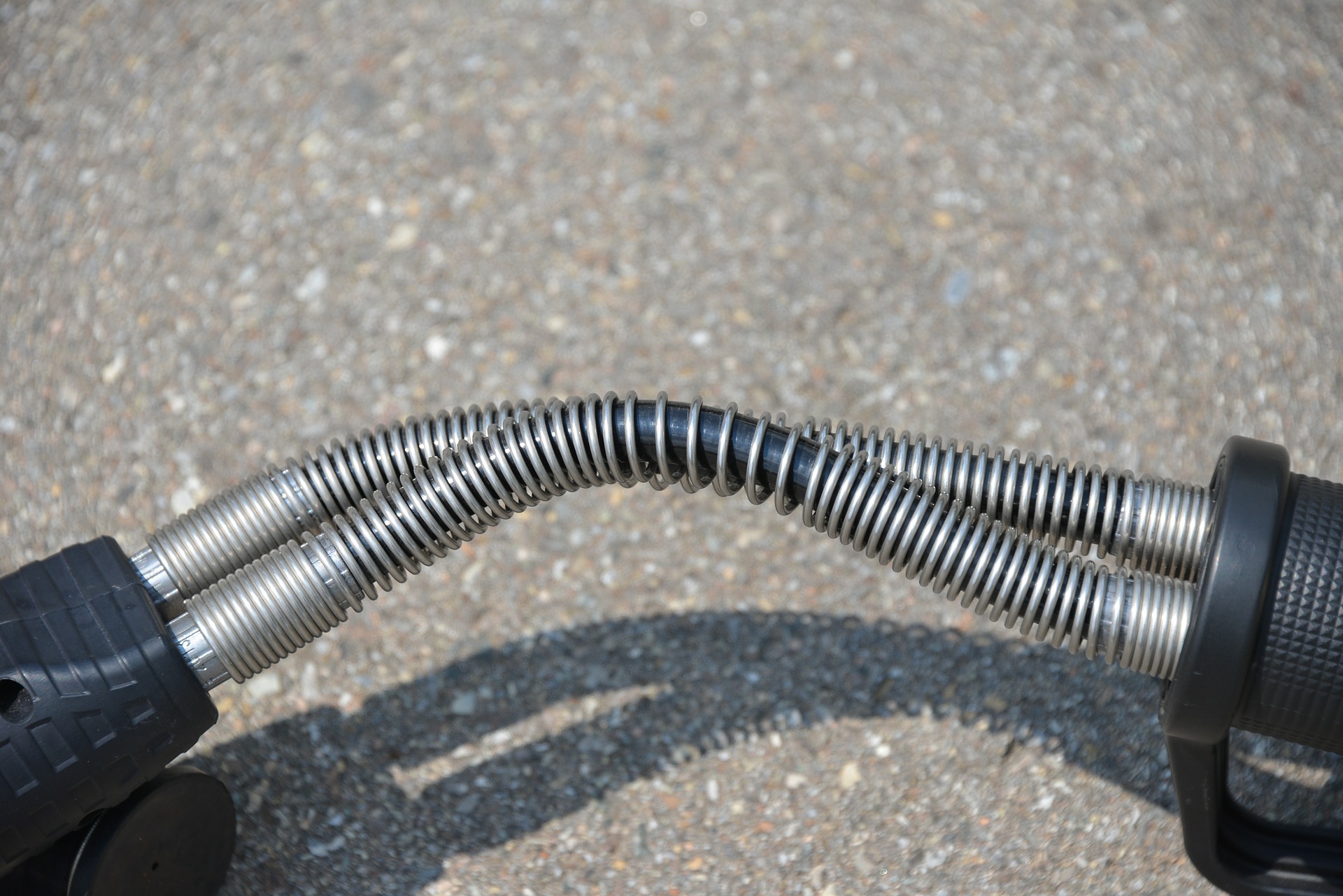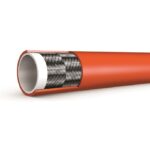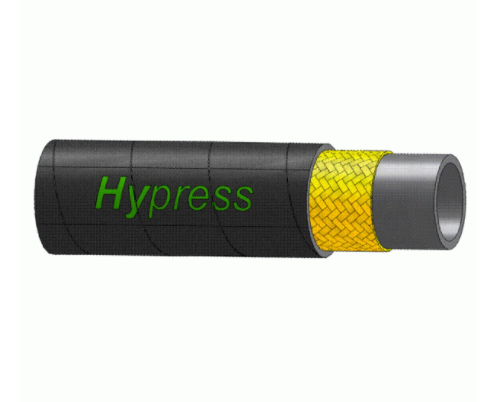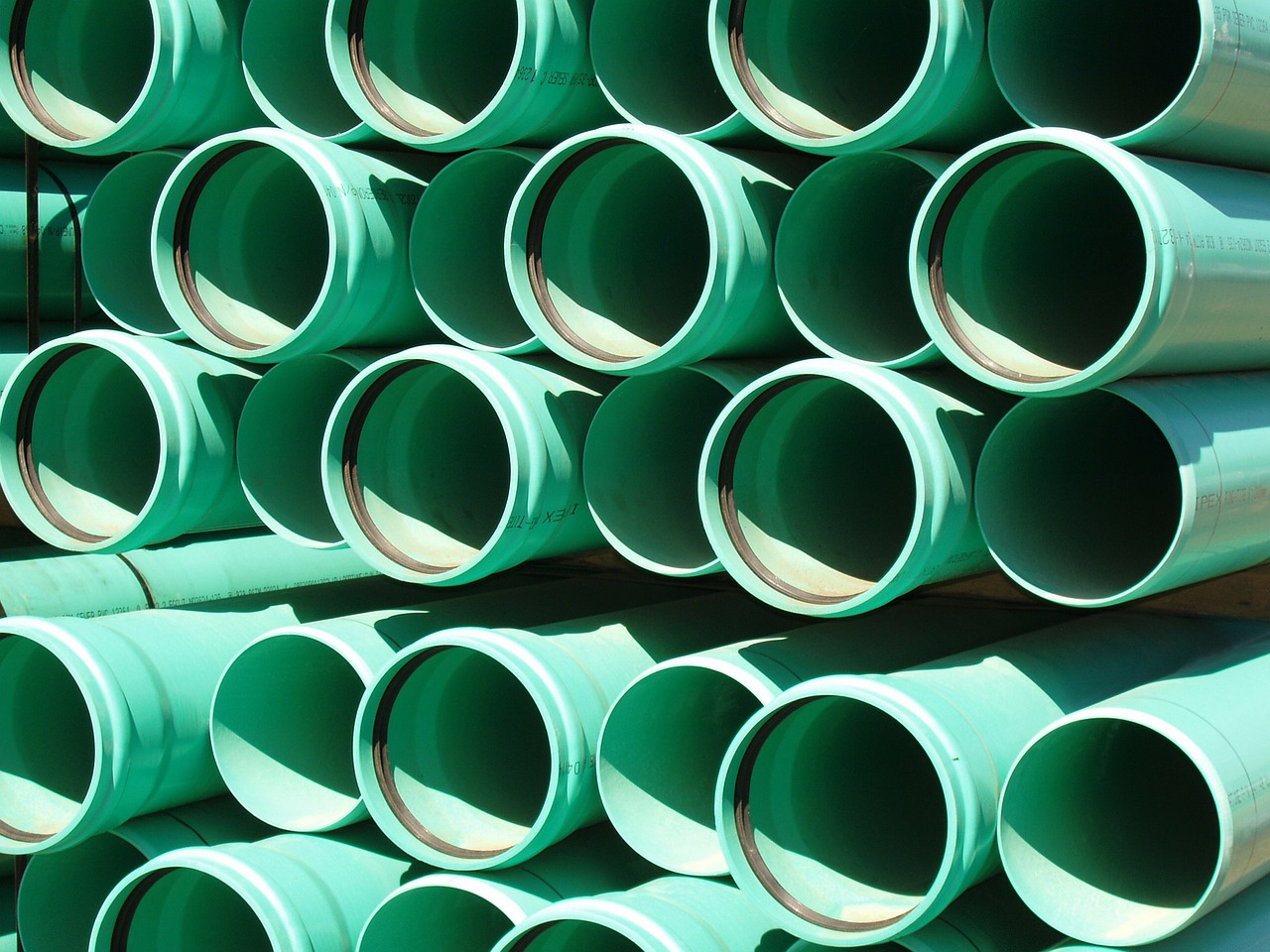Hydraulic hoses are used to power hydraulic machinery, in industry and plant machinery like bulldozers, excavators and tractors.
Hydraulic machinery uses pressurised fluid to move, and hydraulic hoses carry this fluid around the machine safely and efficiently.
Hydraulic machinery sky-rocketed in popularity in the 1940s as engineers realised hydraulic machines were lighter, more efficient and more compact than the use of gears and shafts.
In this blog post, we’ll take a look at hydraulic hoses in more detail, including what they are made of, the different types of hoses in operation and how to tell if your hose needs repairing.
What does a hydraulic hose look like?
Hydraulic systems operate at extremely high pressure, so hydraulic hoses need to be heavily reinforced.
The inside of the hose contains a flexible tube, which carries the hydraulic fluid. This can be made of a variety of different materials, including synthetic rubber, thermoplastic or Teflon. The tube is reinforced with either woven material or steel wire braid to add extra strength.
The final layer, the one we see, is generally made of rubber or polyurethane. This layer helps protect the hose against dirt, temperature and adverse weather conditions.
When properly assembled, there will be a metal fitting at either end of the hose, attached by a ferrule, or metal sleeve. This ferrule is crimped to make a tight leak free seal between the fitting and the hose.
Despite being heavily reinforced, hoses are still more flexible than hydraulic pipes and tubes.
How are hydraulic hoses measured?
It’s important to choose the right size hose for your requirements. A hose that is too large can cause reduced pressure and performance, while a hose that is too small can cause back pressure and cause problems with your machinery.
Hoses are measured in ‘dash size’, measured in 1/16th inch increments. The larger the number, the larger the inside diameter of the hose. For example, a hose with a dash size of -04 will have an inside diameter of a ¼” or 6.3mm. A hose with a dash size of -16 will have an inside diameter of 1”, or 25mm.
Interesting fact: Did you know hoses are measured by inside diameter, while tubes are measured by outside diameter?
If you don’t know which size hose you need, a nomogram will help. If you know the desired flow rate and required flow velocity your hose needs to be, you can easily determine the dash size.
What can hydraulic hoses carry?
Three types of liquid (or ‘hydraulic fluids’) are used in hydraulic hoses. Synthetic oil, petroleum oil and high-water content liquid.
The fluid used will depend on the application (for example, high-water content liquid is used where there is an elevated risk of fire). Most hydraulic hoses can safely transport petroleum oil and high-water content liquid.
How much do hydraulic hoses cost?
The cost of hydraulic hoses depends on the size of the hose and what it is made of. Heavily reinforced hoses will be more expensive as they cost more to manufacture.
Remember cheaper hoses will not last as long, so it is sensible to spend as much as your budget will allow on a high-quality product.
How long do hydraulic hoses last?
As hydraulic hoses are subject to a lot of pressure, as well as wear and tear, they do not last forever.
The precise lifespan of your hose will vary depending on the type of material used and the environment the hose is used in but generally, a hose can be expected to last between three to five years.
It is best to be proactive and check your hydraulic hose regularly for wear and tear like leaks, cracks and abrasion.
A defective hose that suddenly breaks can damage your machinery and cause expensive downtime. Leaks can also be dangerous, potentially causing injection injuries that can result in severe hand damage, even amputation or death.
Should you repair or replace a hydraulic hose?
It is not advisable to repair a hydraulic hose, environmental issues and continuous use, can all contribute to the stresses placed on each hose every working day.
An old hose may look robust, but it can have significant decline on the interior sections. This decline may not be obvious until there’s a serious failure.
Avoiding this scenario is possible by swapping out the hydraulic hose as it reaches its maximum lifespan. Stretching out its usefulness can lead to more losses than gains.
This attention to detail will prolong your hydraulic system’s lifespan.








1 Comment. Leave new
It’s interesting to know that hydraulic hoses can use different kinds of fluids. I’m thinking about getting my dad’s tractor working again and it seems that it will need a lot of replacement parts. Perhaps focusing on the hydraulic system first would be a good idea.